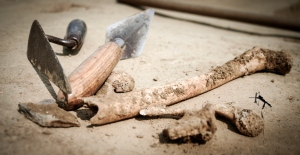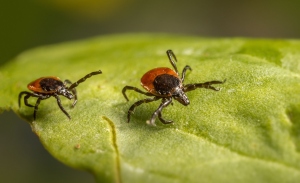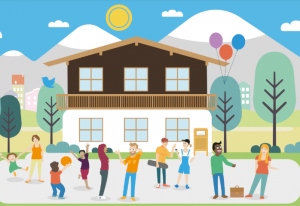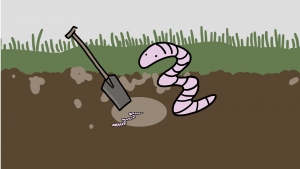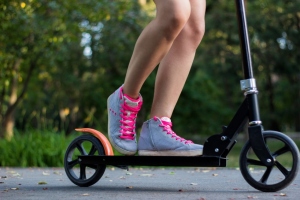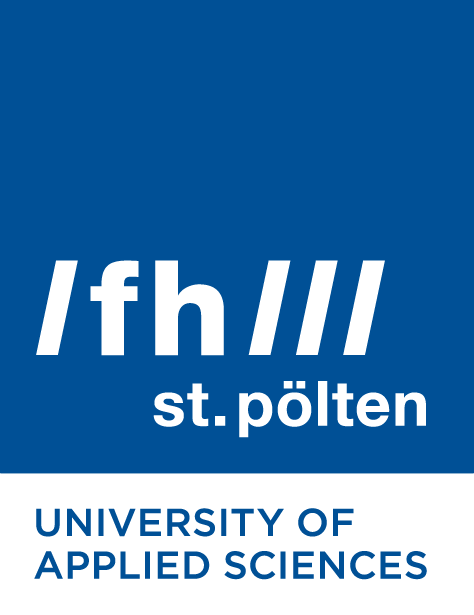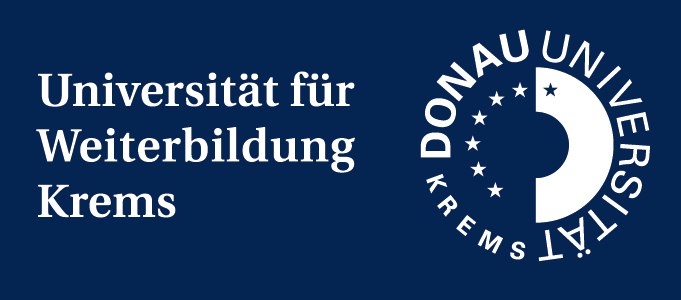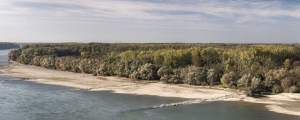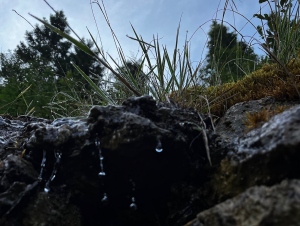
Florian Heigl
Erlebnis Archäologie
Erlebnis Archäologie is an Austrian association that offers people interested in archaeology the opportunity to take part in archaeological excavations in the form of courses in Austria and abroad without red tape. The association's own research projects are largely financed by course fees.
The aim of Erlebnis Archäologie's excavation courses is not just to get involved in excavations, but rather to provide a comprehensive insight into a research discipline that is very often only treated superficially and frequently misrepresented in the media. Excursions to the area surrounding the respective research project are an important part of the Experience Archaeology programme in order to familiarise participants with the high density of archaeological sites and to show them where our cultural heritage is literally buried in the ground, what threatens it and how we deal with it.
Of course, the focus is on excavation. The Experience Archaeology courses are designed to offer an uncomplicated introduction to active participation in field research. This provides the opportunity to learn about the work of archaeologists - away from the excavation work itself.
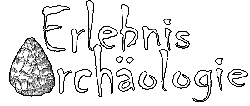
Bug us with your ticks!
For our national tick monitoring programme, we invite you to provide us with ticks. Your samples will help us analyse which tick species appear when and where in Austria. Moreover, ticks will also be investigated for the presence of pathogens.
What are the aims of the project?
The goal of our national tick monitoring programme is to obtain data regarding tick species in Austria, their occurrence, and the pathogens they may carry. The objective is to sample ticks from a wide variety of regions, regardless of whether they are sourced from vegetation or hosts. The collection of ticks is mainly conducted by citizen scientists, whose participation is essential for the success of such an initiative. The collected data can assist in identifying hot spots for specific pathogens, discover new or lesser-known microorganisms, and learn about the occurrence of native tick species but also the spread of invasive ones such as Hyalomma. A continuous monitoring is of importance particularly in light of climate change which can strongly impact the tick fauna. The insights gained from this programme can enhance overall health by facilitating earlier detection of tick-borne diseases and thereby allowing for timely and appropriate treatment.
How can you participate in research?
As soon as you encounter a tick you can join the project if following pre-requisites are fulfilled:
- Tick still intact (i.e. not squeezed out or badly damaged)
- Data available for:
- Date of tick discovery or removal from host
- Postal code and location
- Host information (if tick was removed from a host – which one?)
Ticks have to be securely packaged (e.g. by adhesive tape on a piece of paper inside a properly closed envelope) before being either dropped off at an AGES location or being sent to Vienna:
AGES GmbH
Department for Vector-borne diseases - Ticks
Währinger Straße 25a
1090 Vienna
Further details can be found on our homepage in the section “Found a tick?”. If you suspect to have found a Hyalomma tick (“giant tick”) without the possibility to submit the tick to us please send a photo to This email address is being protected from spambots. You need JavaScript enabled to view it. Thank you!
Background informationen
So far 19 native tick species have been described in Austria. The most common ones belong to the genera Ixodes (e.g. I. ricinus), Dermacentor (e.g. D. reticulatus) and Haemaphysalis (e.g. Ha. concinna). These hard ticks have a lifecycle which comprises of three life stages (larva, nymph, adult). Between each life stage, and before a female adult tick can lay eggs, a blood meal must take place.
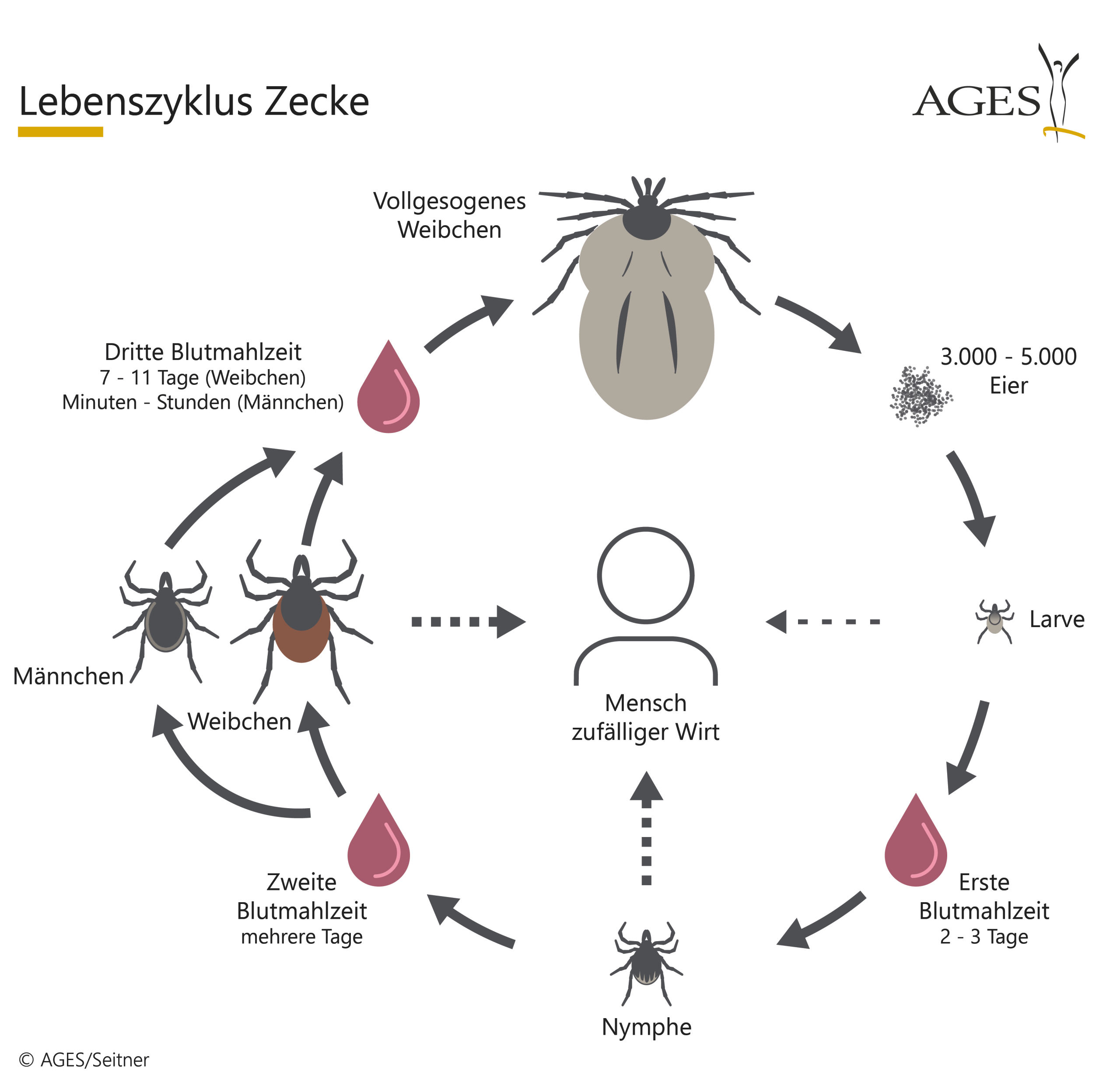
Most pathogens are taken up from reservoir animals during those blood meals (e.g. small rodents, birds, etc.) and can be transmitted from the tick at the next blood meal. The most common pathogen found in ticks in Europe are bacteria of the genus Borrelia which are the causative agent of Lyme borreliosis. However, there are many other tick-borne pathogens which can cause diseases in humans and animals (e.g. Rickettsia, Anaplasma, Neoehrlichia, etc.).
Aside from native ticks the so-called ‘giant ticks’ are increasingly appearing in the media.
They are identifiable by their typical yellow stripes along their legs when compared to native ticks. These ticks are usually imported to Austria from warmer regions. Due to climate change an expansion into more northern regions can be expected. Hyalomma ticks can transmit more harmful pathogens (such as Crimean-Congo haemorrhagic fever virus or Rickettsia aeschlimannii) hence, monitoring the spread of this vector is of medical importance. However, this is only possible by reports from well informed citizens. Thanks to citizen scientists we were able to uncover a previously unrecognized way of migration for these ticks: rather than migratory birds, it was tourists who were responsible for a significant number of introductions of Hyalomma ticks to Austria.
To be able to monitor the tick fauna of Austria for health relevant changes (i.e. expansion of dangerous vectors, emergence and spread of (new) pathogens) a national tick surveillance programme was started beginning of 2024 as part of an EU-project (OH SURVector, EU-Project Nr. 101132974). The acquisition of another project allows for continuation of the implemented surveillance activities until end of 2028.
The mission of AGES is to supply citizens with information. For that reason, a homepage is available which features interesting content about ticks and tick-borne diseases. Moreover, detail information about the ongoing surveillance study and its results are provided.
Role descriptions
Within this project four main tasks are executed:
- Tick collecting
- This step is planned to be carried out by citizen scientists. Participation is open to anyone who finds a tick and sends it to AGES where further processing will take place. It is crucial that submitted ticks are intact and the necessary information regarding date, location and hosts is provided.
- Morphological tick identification
- Tick experts will analyse morphological features of the tick under a microscope to determine the tick species. During that, samples are entered into an internal database, and it is decided whether a tick sample is eligible for further analysis. Strongly damaged ticks will not be processed further than this step.
- Molecular screening for pathogens
- In the next step trained laboratory personnel will extract the nucleic acids (RNA and DNA) of the tick sample and perform molecular methods (e.g. PCR) for detection of tick-borne pathogens. The results are then entered into the internal database.
- Results and communication
- The results of the molecular screening and morphological analysis are summarized. A team of tick experts, data experts and communication experts work together in this step to create maps, submit data to international databases, update the homepage or prepare newsletters. Occasionally information may be disclosed to the media.
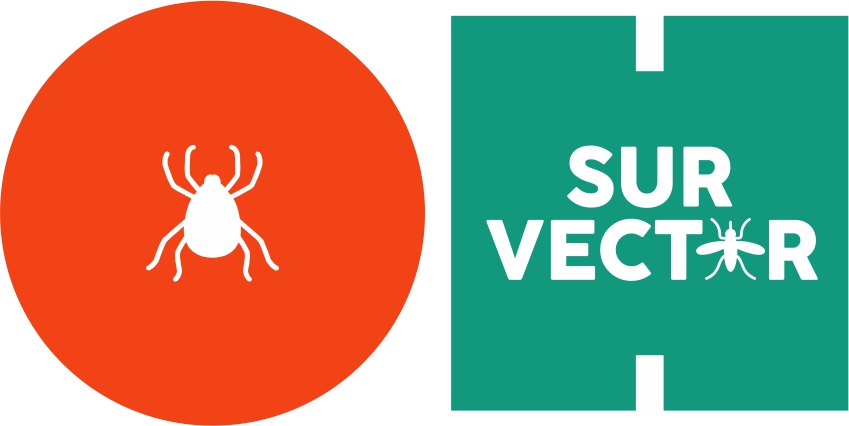

Village
How to raise the village to raise the child
The Village Project supports children and adolescents of parents with mental health issues by strengthening their formal and informal support networks. The aim is to evaluate the effectiveness of the Village approach and integrate it sustainably into existing structures.
What are the aims of the project?
The "Village" project aims to improve support for children of parents with mental health issues in Tyrol. It investigates how affected families can be better supported by developing and testing tailored intervention programs. The project focuses on collaborating with local stakeholders and involving the families directly. Together, solutions are created that address the specific needs of the region. By engaging families and professionals, a sustainable support network is built, ultimately improving the quality of life for both children and their parents in the long term.
How can you participate in research?
Interested citizens could participate in the "Village" project by contributing as local stakeholders or people with lived experience. They took part in workshops where solutions were co-created and shared their experiences to help shape the interventions. They also participated in interviews and surveys that contributed to evaluating the effectiveness of the developed programs. Their perspectives and needs were essential in the research process to ensure that the support measures developed were well-suited to the realities of affected families.
Video about the project
SoilRise
Monitoring of Soilbiota by Citizen Science
SoilRise is a research project on earthworm biodiversity in Europe. Earthworms play a crucial role in soil fertility and are considered important ecosystem engineers. With your help we like to collect data on the distribution and diversity of earthworms in Europe.
But SoilRise is more than scientific research. We aim to build an interactive network between researches, citizen scientists (you) and stakeholders to raise awareness of the importance of soil biodiversity. We seek to explore, protect and conserve the diverse habitats beneath our feet. By taking part in SoilRise, you will be actively contributing to the preservation of our soils and a positive impact on the environment.
Aims
The SoilRise project aims to improve the availability of data on earthworm populations and raise awareness of the biodiversity found in our soils. We aim to identify threatened or non-native earthworm species and compare traditional identification methods with DNA analysis. We will also look at species diversity in different countries to understand the ecological variation that exists.
What do we offer?
- Education and training: SoilRise offer training courses that teach the basics of soil ecology and sampling. There are also workshops that provide in-depth knowledge about earthworms.
- Engagement and impact: Your participation supports our scientific research project and makes a direct contribution to environmental protection. By sampling at different sites you will increase your knowledge of soil biodiversity.
- Community and networking: Become part of the SoilRise network, sharing ideas and networking with other participants and experts.
- Sampling and effort: Your participation is flexible, you can start, stop and continue as you wish between October 2024 and 2026. The effort per site is about 5h.
- Meet and greet: Discover the soil beneath your feet, meet interesting people and experience nature from a new perspective.
Sampling
Sample your field with a spade during the months of March to May and/or September to November. Sampling takes approximately 5 hours and you can record your data on the form provided or on our website. Our team will help you every step of the way, on site if possible.
We will provide all necessary documents such as sampling instruction and data sheets. Our seminars and webinars will to help you to prepare for sampling and you will learn more about the world of earthworms.
At our networking sessions, we will invite you to share your experiences with other participants and the research team.
Who could participate?
Anyone over the age of 14 can take part in the project and search for earthworms (farmers, gardeners, agricultural schools and everyone who is interested).
We have three categories:
- field (arable fields including large scale vegetable production, viticulture),
- small vegetable beds and flower beds (home garden, community garden, town garden, market gardening)
- lawn/meadow, grassland and green spaces (lawns, natural meadows, agricultural grassland)
It is also possible to take part in the project without having a own plot of land.
Register directly at our project website.
SoilRise is a biodiversa+ project in cooperation with Germany, France, Ireland, Poland and Austria.
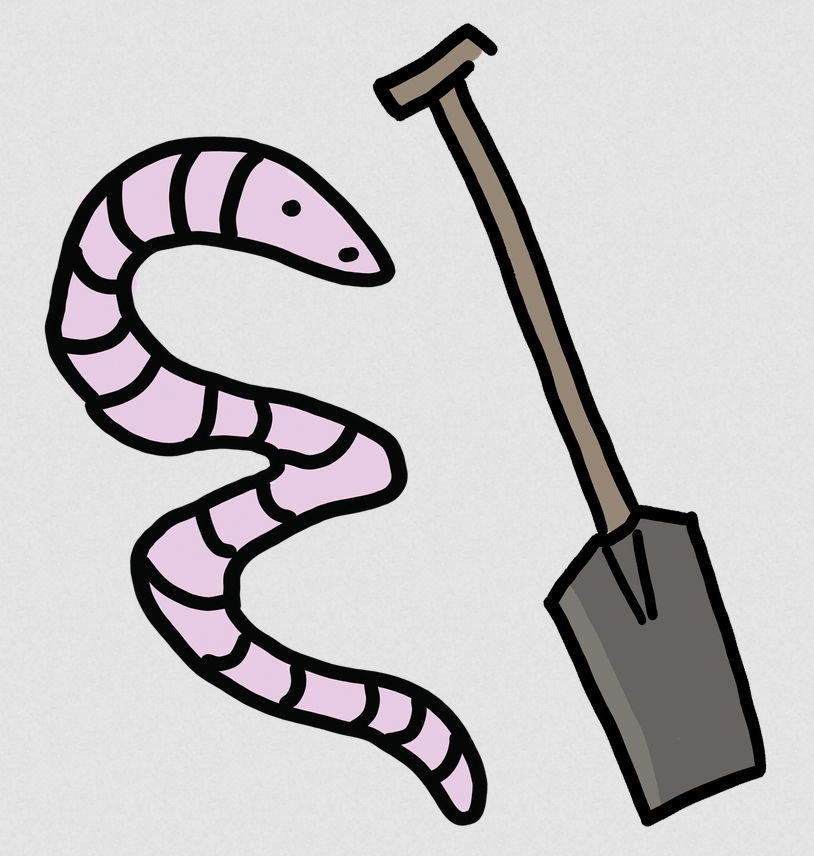
TRA:WELL
The TRA:WELL project focuses on the relationship between active mobility (walking, cycling, scooters) and the well-being of young people. The entire physical activity behaviour is considered in order to assess the contribution of active forms of mobility to the fulfilment of physical activity recommendations.
What are the aims of the project?
The project has three main objectives:
- TRA:WELL investigates the relationships between children's mobility behaviour and subjective well-being. The focus is on active and independent mobility. The research approach takes into account the entire physical activity behaviour and shows the contribution of active forms of mobility to the fulfilment of physical activity recommendations.
- In this context, TRA:WELL analyses the role of subjective perception of the built environment and develops a child-centred perspective on how urban environments can promote child-friendly mobility.
- Students (further) develop methods and instruments that enable the complex issues of attitudes, behaviour (mobility, movement), well-being and freedom of choice in the mobility context to be recorded for the target group of children.
How can you participate in research?
The pupils at the TRA:WELL cooperation schools* were trained in an online survey tool as part of workshops. Pupils were invited to record their daily journeys and activities as well as their well-being in a diary over the course of a week. This allowed statements to be made about their mobility behaviour and their overall physical activity. The data can be used to analyse the relationship between active mobility and physical activity and well-being. There are also teaching materials that were developed in the project and are available free of charge.
*Participation is restricted to these pupils and therefore closed to outsiders.
Teaching materials
The project's website offers a wide range of free teaching materials on the subject.
Picture gallery
https://www.citizen-science.at/en/immerse/worldwide/author/934-florianheigl?start=0#sigProIdaa2a8d0401
Young Citizen Scientists against Disinformation
A couple of Instagram stories here a TikTok video there: The pervasiveness of our everyday lives with more and more media content consumed in a short period of time has completely changed the way we access and deal with information: Due to their everyday use of and the strong fusion of their lives with social media, it is young people who are most affected by this development.
The project “Young Citizen Scientists against Disinformation” aims to explore the topic of disinformation from the perspective of those young adults, by involving them into the research project by a Citizen Science approach. As everyday life of young adults has changed a lot due to the constant confrontation with media content and information, they must become researchers themselves to critically analyse (dis-)information. Therefore, the project puts emphasis on coping strategies and the processes of valuing (dis-)information, as opposed to the truthfulness of the content being delivered. To put this aim into practice, the University for Continuing Education Krems and the FH St. Pölten will work together with Citizen Scientists from three classes of higher schools in Lower Austria (HLW Tulln, HTL St. Pölten, BRG Krems)*. The citizen scientists are invited to define the phenomenon of “disinformation” from their perception and to adapt the research focus on that behalf. Moreover, they will collect and analyse data on (dis-)information relevant for them in their everyday lives. The data may contain information about where and how they are confronted with disinformation, research, and evaluation behaviour as well as questions and uncertainties about the topic.
Additionally, researchers will prepare research material and questions concerning three topic areas that will be discussed together with the young Citizen Scientists. Those topic areas include (1) perspectives and approaches of politics and science and how young people feel they have been addressed by those until now; (2) state interventions and civil protection and how they value current regulations as well as (3) technical solutions and what role technical applications and tools play in their (dis-)information practices. Both, the data collected by the Citizen Scientists as well as the data collected by the researchers will be discussed, analysed and interpreted together with the Citizen Scientists in class. Finally, the research project will contribute a Citizen Science based concept for a future disinformation platform/infrastructure/tool, building on the findings of the research project, on how to address young adults needs and wishes.
*Participation is restricted to these school classes and therefore closed to outsiders.
The project is funded by the Lower Austrian Research Promotion Agency as part of the RTI Strategy Lower Austria 2027.
DANUBE4all
DANUBE4all is an EU project with the main task of developing a comprehensive action plan for the renaturation of river stretches in the Danube River Basin (DRB). To this end, a collaborative stakeholder process is being developed that actively incorporates the interests of citizens. The action plan is intended to contribute to the improvement of the ecological status, biodiversity and river connectivity of the Danube ecosystems and thus supports the EU mission OCEAN ‘Mission Healthy Oceans, Seas, Coastal and Inland Waters’.
The development and implementation of innovative and socially relevant nature-based solutions has a wide range of positive effects. In addition to the improved connectivity of rivers, possible scenarios for floodplains, reducing the risk of floods and droughts, and other socio-economically effective measures are an important focus. Renaturation projects on the Danube are being promoted with the goal of improving the continuity of sediments and positively influencing habitats/biota. These include the Danube National Park east of Vienna, a section of the river in Hungary and a measure on the Danube delta.
Nature-based solutions must be developed in collaboration with the affected population and supported by them in order to be effective in the long term. Renaturation processes tend to unfold slowly and require continuous attention and active support in order to be successful. Accordingly, the intensive involvement of citizens along the Danube is an important component that makes renaturation possible in the first place. A special work package supports interaction with citizens through the activation of citizen science. Citizen scientists are particularly involved in the development, implementation, evaluation and scaling of nature-based solutions, a citizen science method toolbox, and the development of communication measures.
In particular, DANUBE4all serves the following research fields:
- Criteria and indicators for physical connectivity status as a starting point for renaturation options in the Danube catchment. A reflection of existing assessment methods and initiatives contributes to this.
- Analysing the (ecological) status of water bodies and biodiversity with the aim of expanding the existing transnational biodiversity monitoring with a strong focus on restoration. This includes long-term trends in connection with management and conservation measures associated with renaturation.
- Co-creation, implementation and results monitoring of nature-based solutions implemented in the project in the Danube River Basin. This includes:
- 3 restoration interventions with the participation of local residents (3 Demonstration Sites);
- the further use and replication of solutions in 5 Associated Regions;
- later a multiplication of the approach by supporting 10 restoration measures (10 Synergy Sites).
- Implementation of socially relevant integrative measures with municipalities in the Danube River Basin. This includes measures that trigger social and economic change, as well as the sustainable, integrative and long-term management of restored ecosystems through public mobilisation and engagement. This is also to be achieved through citizen science.
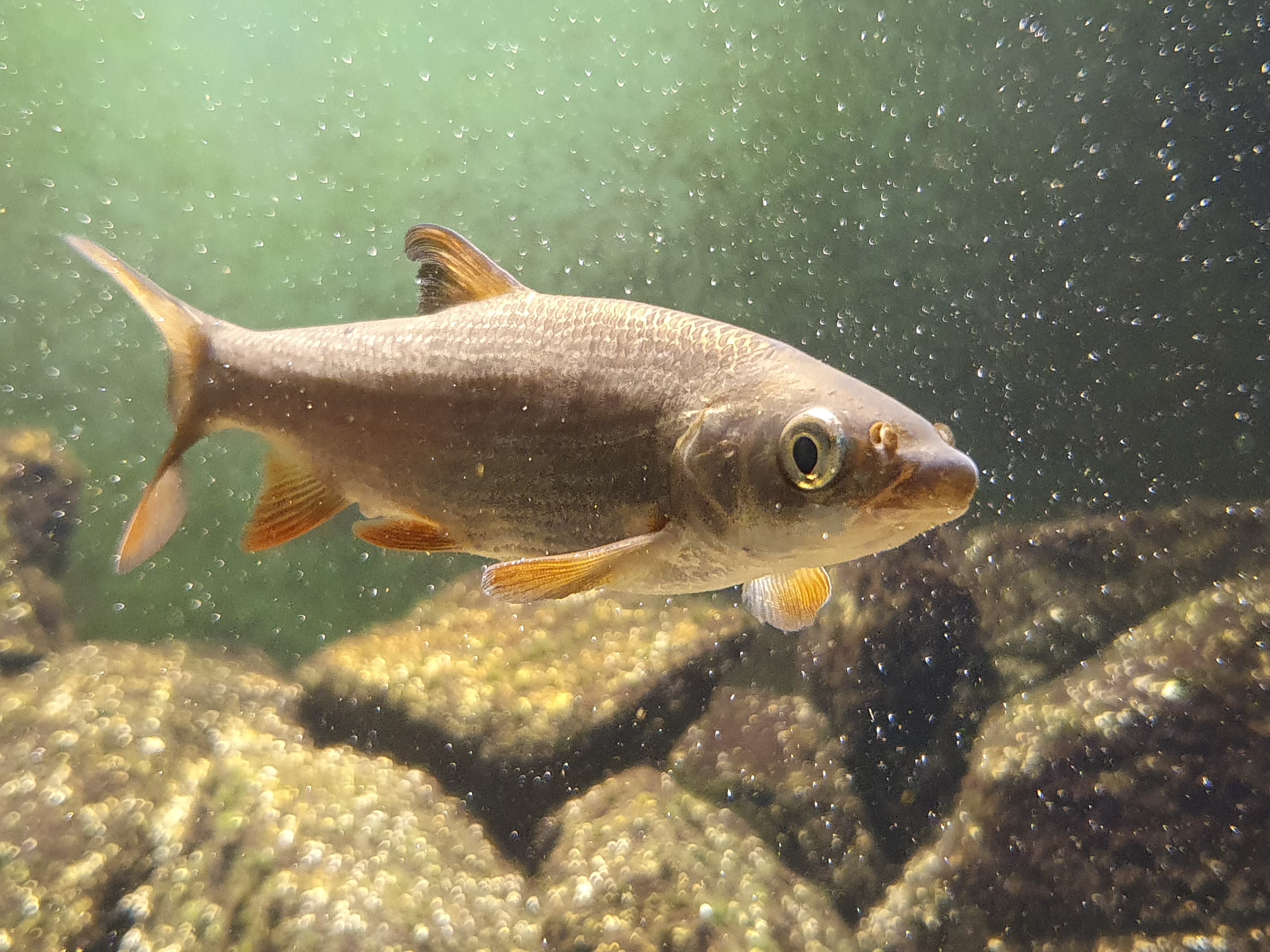
common nase, © Robert Togel (Images courtesy of viadonau)
On the trail of springs
Spring mapping in the Großes Walsertal Biosphere Reserve (Austria)
In view of increasing extreme weather events, including periods of drought and consequent water shortages, the protection and knowledge of springs in the Großes Walsertal Biosphere Reserve is becoming increasingly important. In addition to their essential role in water supply, springs are often small but important habitats for many endangered organisms. The pressure to utilise and develop existing springs has increased significantly due to climate change. In order to obtain a comprehensive overview of the existing springs in the valley, the KLAR! Biosphärenpark Großes Walsertal is launching a citizen science project.
Life Science AG, which has already successfully carried out a citizen science project to record spring habitats in the Black Forest biosphere area, will now transfer this project to the conditions in the Großes Walsertal. The tried-and-tested mapping and evaluation method records not only the location but also characteristics such as spring size, temperature, cultural-historical significance, flora and fauna as well as potential human influences. As an alternative to analogue recording, the Qfield app is also being adapted so that walks in the Großes Walsertal can quickly become small research trips.
As a model region for sustainable development, the biosphere reserve bears a special responsibility for the long-term protection of natural springs. We are committed to securing the supply of drinking water and simultaneously protecting the habitat for rare species. At the same time, we must ensure that the springs are utilised in the most environmentally friendly way possible to supply humans and animals.
As a first step, spring locations are to be recorded and mapped across the valley. In order to realise this as comprehensively as possible, we need the help of motivated people in the Großes Walsertal. The necessary knowledge and tools for the survey will be provided on Saturday, 12th October 2024, from 10:00 to 16:00 in a joint workshop at the Biosphärenpark.Haus. After the course, including a short excursion, all participants will know about these sensitive habitats and will be able to locate and document spring sites and make initial determinations regarding the type of spring. They will also gain an insight into the fauna specific to springs and learn what conclusions can be drawn from the existing spring fauna.
If you are interested, please register in advance with our Klar! manager Lukas Ellensohn at This email address is being protected from spambots. You need JavaScript enabled to view it.. He will send you all further details about the programme.
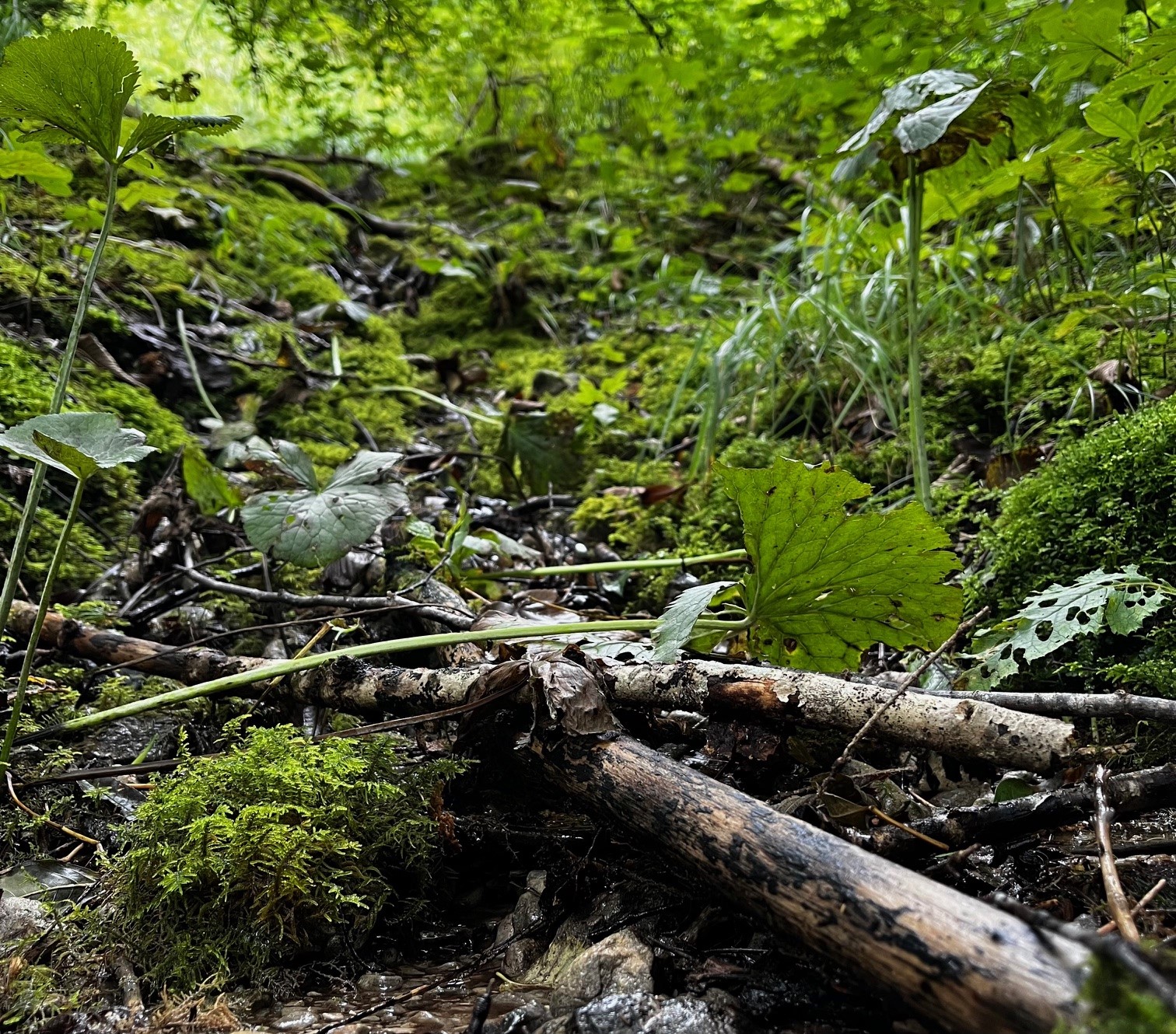
Museum Niederösterreich
Gain insights. Understand history. Experience nature.
In the impressive architecture of Hans Hollein, the Museum Niederösterreich in the cultural district of St. Pölten combines two places of encounter with science and research: the House of Nature and the House of History. Both houses offer continuously adapted and modernised main exhibitions as well as special exhibitions. The interactive, visually sophisticated exhibitions are accompanied by a comprehensive educational programme for all age groups.
The House of Nature at the Museum Niederösterreich in St. Pölten is a modern and lively place for people who are interested in nature and curious to learn more about the flora and fauna of Lower Austria on the one hand and are looking for relaxation and special experiences on the other. With the main exhibition, which focuses on the various habitat types of Lower Austria with over 40 live animal species in terrariums, aquariums and formicariums, the museum garden as a micro-universe of the province with a great variety of structures and plants, as well as annually changing special exhibitions, the House of Nature offers fascinating and exciting insights into Lower Austria's habitats and turns a visit into a real nature experience.
The aim is to impart knowledge about nature, arouse interest, open up new perspectives and address current issues of environmental protection and nature conservation, to which conferences, discussion and lecture series, events and educational activities as well as citizen science projects also contribute.
The House of Nature has been organising the City Nature Challenge (CNC), St. Pölten, in cooperation with St. Pölten City Council since 2021.
underwater world of garden ponds
The AmphiBiom project provides a very exciting insight into the variety of animal inhabitants that have already moved into garden owners' newly established ponds.
Take a look at our blog and dive into the fascinating underwater world of garden ponds.

